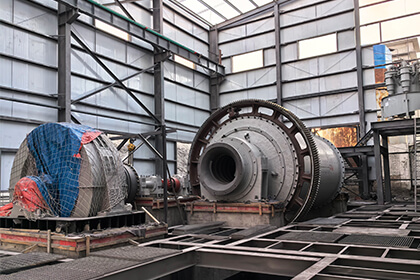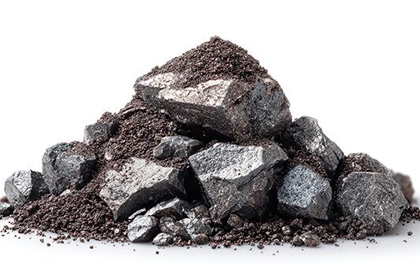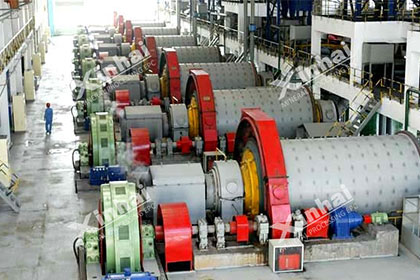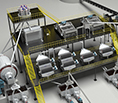What Is the Process of Nickel Ore Beneficiation?
 Laura
Laura
 Jun 28, 2025
Jun 28, 2025
 684
684
If you want to know more details about equipment, solutions, etc, please click the button below for free consultation, or leave your requirements!
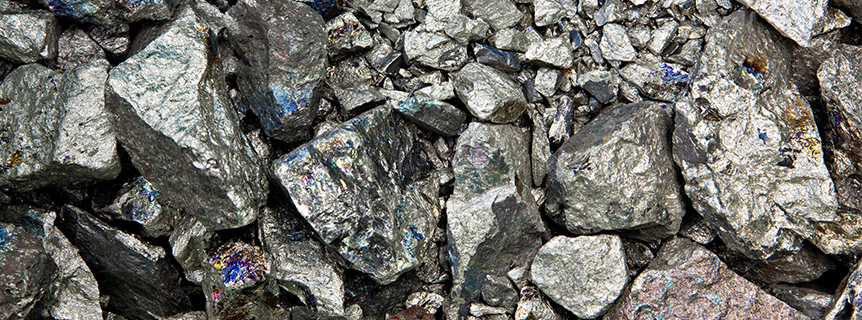
Nickel Ore
Nickel is a powerhouse metal, essential for stainless steel and electric vehicle (EV) batteries. But before it can be used, it must be extracted from ore through beneficiation—a process that removes impurities and boosts nickel content. This guide breaks down nickel ore beneficiation, step by step, in easy-to-understand terms.
01 Why Nickel Ore Beneficiation Matters
BackNickel rarely exists in pure form. Instead, it’s mixed with iron, silica, and other minerals. Beneficiation:
Increases Nickel Grade: Makes ore suitable for smelting or refining.
Reduces Costs: Less waste means cheaper transport and processing.
Supports Sustainability: Efficient use of resources aligns with green mining goals.
02 Types of Nickel Ore
BackNot all nickel ores are the same. The beneficiation process depends on the ore type:
Sulfide Ores: Rich in nickel-iron sulfides (e.g., pentlandite). Easier to process via traditional methods.
Laterite Ores: Nickel is locked in oxide minerals. Harder to upgrade, often processed via hydrometallurgy.
03 Sulfide Nickel Beneficiation Process
BackSulfide ores undergo physical and chemical steps to separate nickel from waste:
1. Crushing & Grinding
Crushing: Ore is broken into fist-sized chunks.
Grinding: Ball mills pulverize it into a fine powder, freeing nickel minerals from the gangue (waste rock).
2. Froth Flotation
chemical process where air bubbles “lift” nickel particles:
Collectors: Chemicals make nickel sulfides repel water (hydrophobic).
Frothing Agents: Create stable bubbles that carry nickel to the surface.
Result: A nickel-rich froth is skimmed off, while waste sinks.
3. Magnetic Separation (Optional)
Used if the ore contains magnetic minerals (e.g., pyrrhotite).
A magnet separates magnetic waste from non-magnetic nickel concentrate.
4. Drying & Packaging
The nickel concentrate is dried and shipped to smelters for further refining.
04 Laterite Nickel Beneficiation Process
BackLaterite ores are trickier due to their complex mineral structure. Common steps include:
1. Washing & Scrubbing
High-pressure water removes clay and soft minerals, leaving harder, nickel-rich chunks.
2. Screening
Ore is sorted by size; larger pieces may undergo further crushing.
3. Gravity Separation (Rare)
If nickel minerals are denser, centrifugal force separates them from lighter waste.
Note: Most laterite ores skip traditional beneficiation and go straight to leaching (e.g., high-pressure acid leaching).
05 Environmental & Safety Considerations
BackDust Control: Water sprays and enclosures minimize dust during crushing.
Chemical Management: Froth flotation reagents are recycled to reduce pollution.
Tailings: Waste rock is stored in lined ponds to prevent soil and water contamination.
06 The Future of Nickel Beneficiation
BackBioleaching: Bacteria extract nickel from low-grade ores, reducing chemical use.
Sensor-Based Sorting: AI-powered scanners identify and separate nickel-rich rocks.
Dry Stacking: Eco-friendly tailings disposal that saves water.
07 FAQs
BackQ: Why is most nickel from sulfide ores?
A: Sulfide ores are easier to process, yielding higher nickel recovery (80–90%). Laterite processing is costlier but growing due to sulfide depletion.
Q: Can all laterite ores be beneficiated?
A: No—many require direct leaching. Beneficiation is limited to removing coarse waste.
Q: How does nickel beneficiation support EVs?
A: High-purity nickel is critical for lithium-ion batteries. Efficient beneficiation ensures a steady supply.
08Conclusion
BackNickel ore beneficiation is the unsung hero behind the metal’s role in modern technology. By upgrading ore through crushing, flotation, and innovative techniques, miners unlock nickel for stainless steel, batteries, and more. While sulfide ores dominate today, advances in laterite processing promise a sustainable future for this vital resource. As demand for EVs surges, efficient beneficiation will remain key to a greener, nickel-driven world.
Feel free to contact us and learn more about nickel processing solutions!
 +86 183 3575 8886
+86 183 3575 8886 pinklaurabao@gmail.com
pinklaurabao@gmail.com



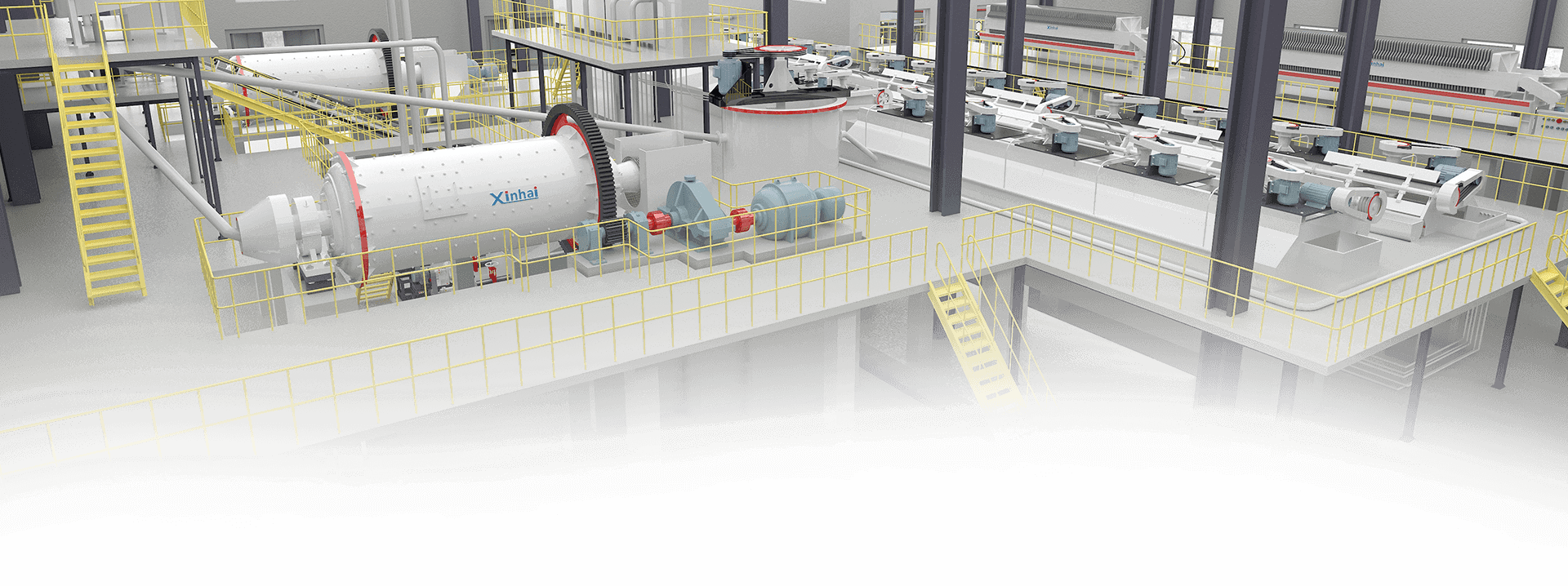
 Message
Message Chat Now
Chat Now


